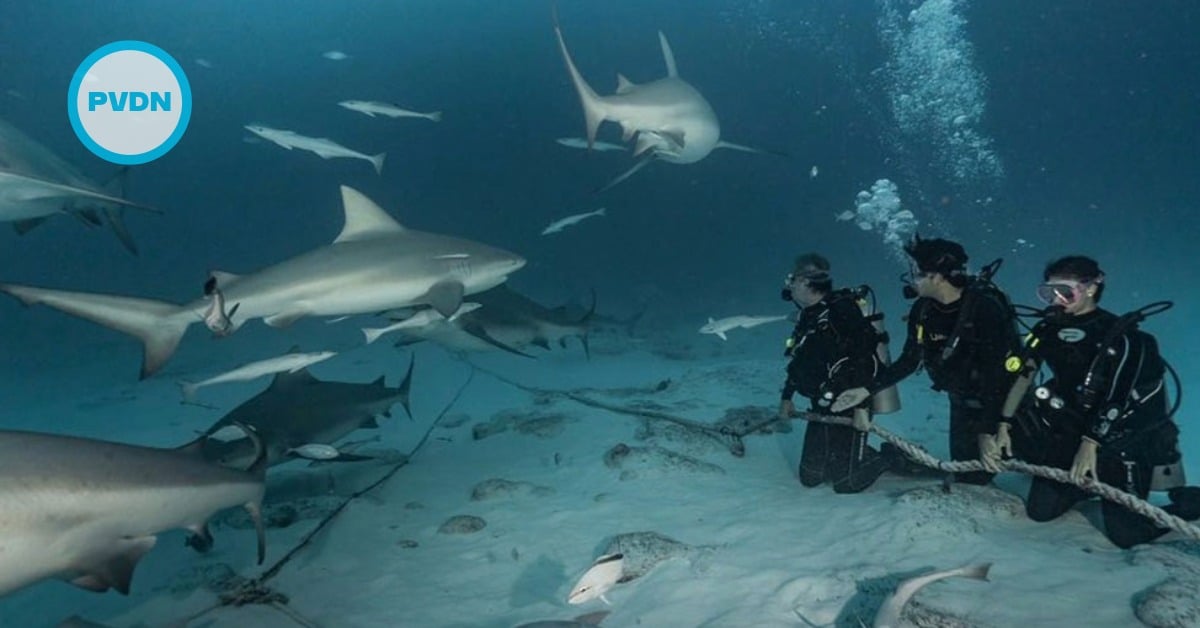Scientists have finally figured out how the key gene tied to obesity makes people fat, a major discovery that could open the door to an entirely new approach to the problem beyond diet and exercise. The work solves a big mystery: Since 2007, researchers have known that a gene cal…




